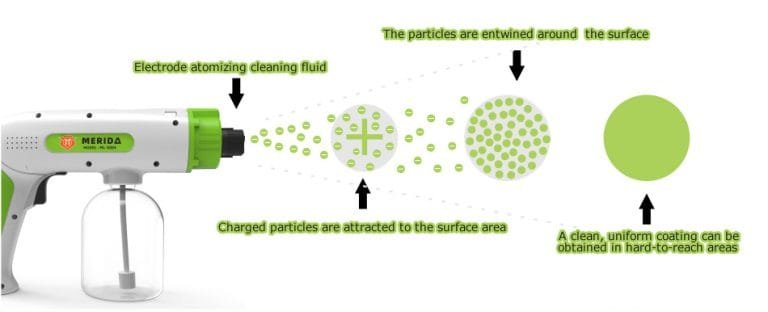Methods of preventing the spread of influenza among swine include facility management, herd management, and vaccination . Because much of the illness and death associated with swine flu involves secondary infection by other pathogens, control strategies that rely on vaccination may be insufficient.
Control of swine influenza by vaccination has become more difficult in recent decades, as the evolution of the virus has resulted in inconsistent responses to traditional vaccines. Standard commercial swine flu vaccines are effective in controlling the infection when the virus strains match enough to have significant cross-protection, and custom (autogenous) vaccines made from the specific viruses isolated are created and used in the more difficult cases. Present vaccination strategies for SIV control and prevention in swine farms typically include the use of one of several bivalent SIV vaccines commercially available in the United States. Of the 97 recent H3N2 isolates examined, only 41 isolates had strong serologic cross-reactions with antiserum to three commercial SIV vaccines. Since the protective ability of influenza vaccines depends primarily on the closeness of the match between the vaccine virus and the epidemic virus, the presence of nonreactive H3N2 SIV variants suggests current commercial vaccines might not effectively protect pigs from infection with a majority of H3N2 viruses.The United States Department of Agriculture researchers say while pig vaccination keeps pigs from getting sick, it does not block infection or shedding of the virus.
Facility management includes using disinfectants and ambient temperature to control viruses in the environment. They are unlikely to survive outside living cells for more than two weeks, except in cold (but above freezing) conditions, and are readily inactivated by disinfectants. Herd management includes not adding pigs carrying influenza to herds that have not been exposed to the virus. The virus survives in healthy carrier pigs for up to three months, and can be recovered from them between outbreaks. Carrier pigs are usually responsible for the introduction of SIV into previously uninfected herds and countries, so new animals should be quarantined.After an outbreak, as immunity in exposed pigs wanes, new outbreaks of the same strain can occur.
Coronavirus is a kind of virus with envelope. If disinfectant and other environmental conditions can attack and destroy this envelope, it should be able to effectively inactivate it.There are three kinds of treatments.
1:Effective: medical alcohol
Alcohol swabs or alcohol with a concentration of 0 -75% can kill the virus. If the alcohol concentration is too high (for example, 90%), it needs to be diluted to about 75% before use, otherwise the virus cannot be effectively killed.
2:Effective: Chlorine disinfectant
In daily life, 84 disinfectant, bleaching powder, chlorine-containing disinfectant powder or chlorine-containing effervescent tablets are all chlorine-containing disinfectants. Directly diluted and packed in a plastic container can be disinfected
3:Effective: peroxide disinfectant
–Chlorine dioxide: suitable for disinfection of general objects and environmental surfaces, tableware, medical and epidemic prevention, etc.
–Hydrogen peroxide: disinfect the surface of the object: spray, wipe or soak the surface of the object with the original solution (according to the manufacturer’s instructions) for 20 minutes.
–Peracetic acid: generally not recommended for household use.
An image of the genetically reorganized H1N1 influenza virus taken by the US Centers for Disease Control Laboratory with an electron microscope. The diameter of the virus is 80-120 nanometers.
Now you know which disinfectants are effective, the last thing to do is choosing the right disinfectant sprayer for your business. ML-X001 is a handheld electrostatic gun with an 850ml water tank, while ML-X002 is a backpack electrostatic sprayer with a 6.5L water tank.



